Read next
The latest news, updates and expert views for ambitious, high-achieving and purpose-driven homeowners and property entrepreneurs.

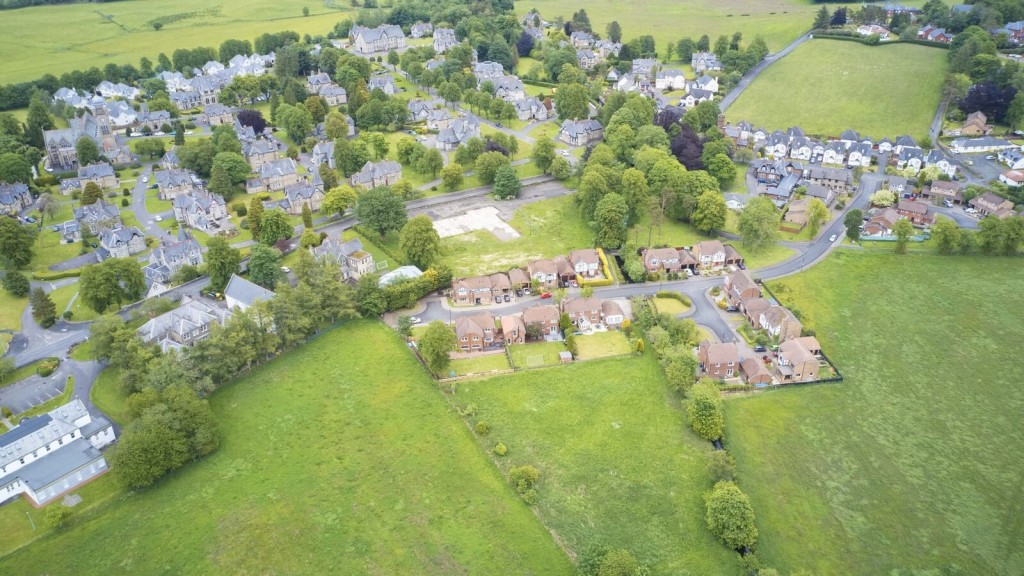
Green Belt reform will be fundamental to Labour's core commitment to constructing 1.5 million homes during the new parliamentary term.
In this blog post, we explore Labour’s Green Belt reform promises and what they might mean for Britain, including our thoughts on whether we can finally feel optimistic about a future with a more flexible Green Belt policy.
Though supposedly forever under threat, the Green Belt has managed to remain a staple of the British planning system for almost seven decades (and almost nine in London), with public support for the policy only increasing as the years go by.
Despite the country’s enduring reverence for the Green Belt, it’s hard to deny the role the policy has had on impeding the delivery of much-needed new housing. Though there is an urgent requirement for an increased housing supply, proposals for developing Green Belt land are often still met with intense resistance due to environmental concerns and local opposition.
But is that all about to change?
Let’s find out.
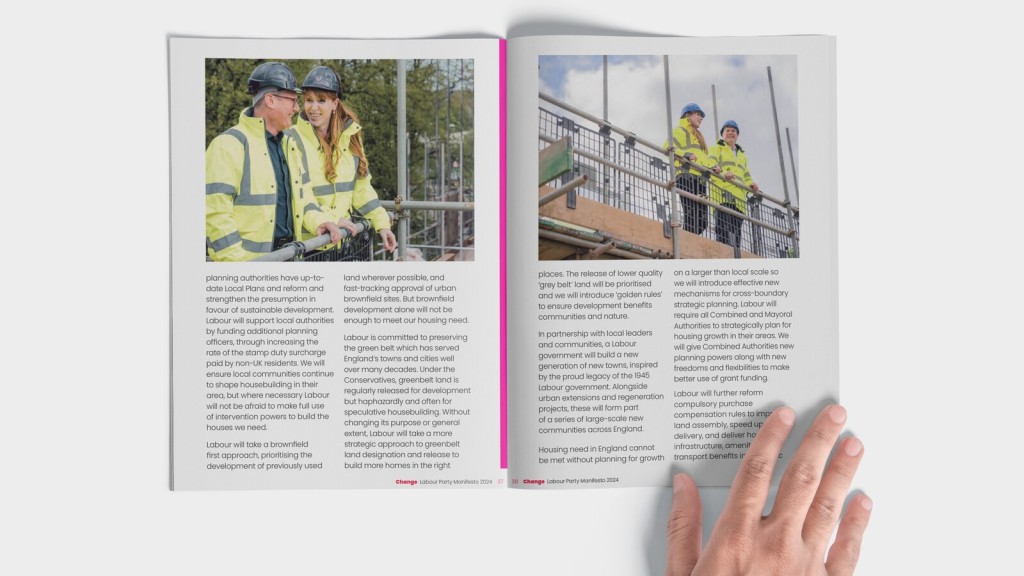
On 5 July 2024, Labour ended the Conservative’s 14-year leadership run, with Keir Starmer replacing Rishi Sunak as the United Kingdom’s new prime minister. Though Sunak was a firm supporter of the Green Belt and was reluctant to any reform of the policy, Keir Starmer’s Labour Party has a much more pragmatic approach and now they're in power, a relaxing of the Green Belt rules is on the horizon.
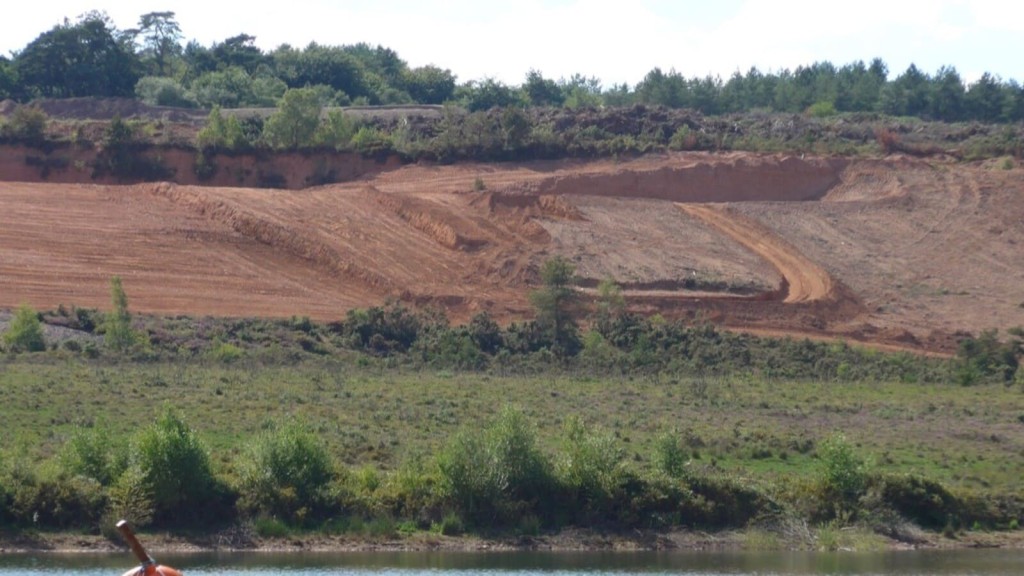
In October 2023 at the Labour Party Conference, Keir Starmer announced Labour’s planning reforms to - if elected - make better use of the grey belt land and unlock land with overstated environmental value for sustainable development.
He also promised to build the next generation of new labour towns, pledging to build 1.5 million homes over this parliamentary term. Starmer said inspiration was derived from Clement Attlee’s post-WWII building blitz that saw the creation of multiple new British towns (including Milton Keynes) and more than 1,000,000 new homes between 1945 and 1951, 80% of which were council housing.
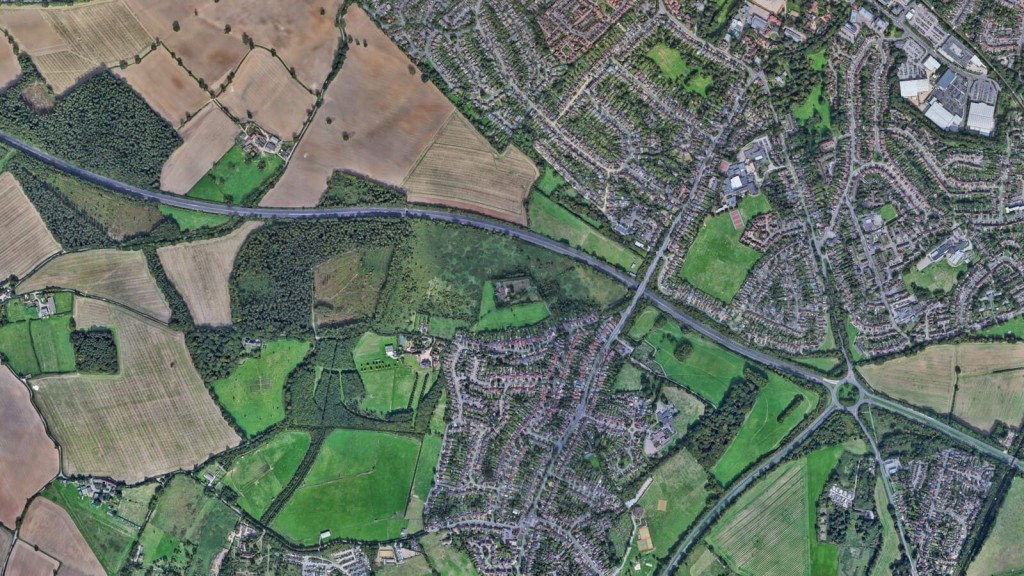
In that October 2023 speech, Starmer stressed that his Green Belt reform plans wouldn’t mean tearing up the Green Belt, but that “where there are clearly ridiculous uses of it; disused car parks, dreary wasteland - not a Green Belt, a grey belt - sometimes within a city’s boundary, then this cannot be justified as a reason to hold our future back.”
As well as making better use of the Green Belt, mandatory local housing targets (those scrapped by Sunak) will be reinstated. Additionally, Labour says they will “bulldoze through planning red tape” and speed up a system Deputy Prime Minister Angela Rayner said “has become gummed up.”
Since it was first announced, Labour has reiterated their ‘grey belt’ plan, making the party’s intentions of adopting a more pragmatic approach to the Green Belt abundantly clear. This was seen in April, when Labour announced their ‘five golden rules’ for the ‘grey belt’ as follows:
While these rules will guide decisions around Green Belt development, the finer details will be ironed out in the coming months now that Labour have been confirmed as the UK’s new leaders.
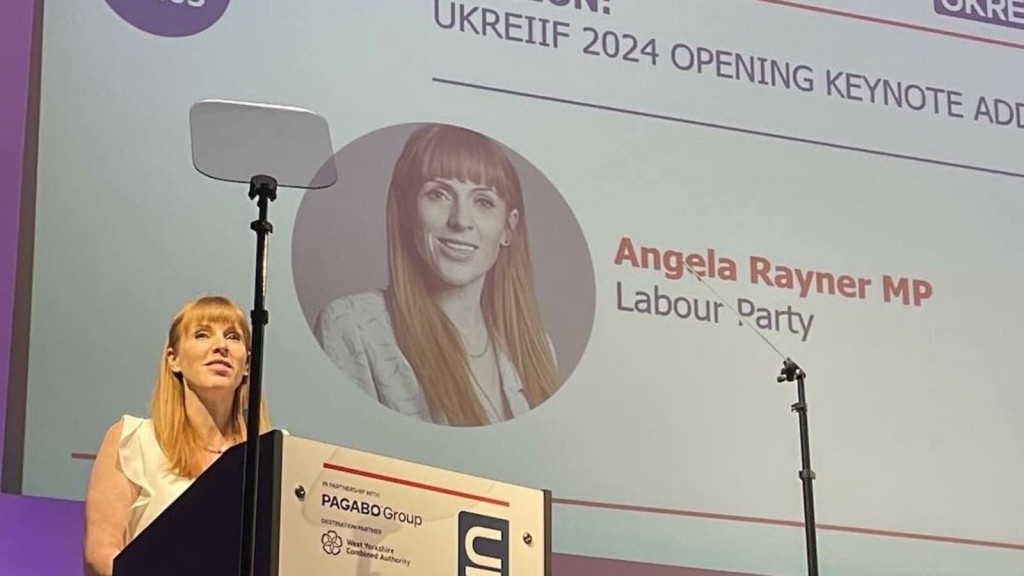
At the UKREiiF Conference in Leeds that took place the day before the election was called, now Deputy Leader Angela Rayner said an “expert independent taskforce” would be set up to identify the right locations of new towns within 12 months of being elected.
In her speech, Rayner also said Labour would have homes on these sites within the first term of government, however, local people would be a part of the process and that homebuilding in these towns would commence within the first term of government. She also emphasised the need for ‘new town code’ criteria that developers must meet, ensuring that it won’t be about building “more units at any cost.”
In Rayner’s words, this code includes:
These new towns, according to Rayner, are often resisted by local communities “because the housing is of the wrong type, in the wrong place – it doesn’t come with the schools, GP surgeries and green spaces that make communities, not just streets. Or the affordable and social housing local people need.” By contrast, Rayner said these new towns will be about “creating places where people want to live. Inspired by garden suburbs like Hale in Manchester, Roundhay in Leeds, and the Garden City project.”
Rayner further explained that a Labour Government would “give Mayors the tools they need to deliver homes in their areas, revitalising brownfield first, unlocking ugly, disused grey belt land for house building and setting tough new conditions for releasing that land. This means more social and affordable homes and we will ensure that brownfield sites are approved quicker so homes get built fast.”
There’s no question that housing was one of the most important - if not the most important - issues going into this election, and Labour claiming victory off the back of their measurable plans in regard to housing, including reworking the Green Belt, would no doubt have earned them a number of votes. Now, we just have to hope they stick to their promises and deliver the houses they’ve so proudly committed themselves to.
Ultimately, Labour’s Green Belt reform plans emphasise something we’ve long argued; the Green Belt has been misunderstood for far too long and by acknowledging its reality - that much of it is grey rather than green - and by prioritising strategic, sustainable, and affordable development, the country is taking a step in the right direction when it comes to easing the housing crisis.
Given the persistent refusal of past governments - be they Conservatives or Labour - to suggest any tweak to this much-loved Green Belt policy for fear of what it could do to their popularity, Labour’s decision to at last make necessary change was a risk, but a risk that seems to have paid off with voters. If executed well, it could finally bring relief to the lingering housing crisis.
This isn’t just our opinion though. Following the announcement of Labour’s five golden rules, a number of industry experts expressed their support. Chief Executive of the National Housing Federation Kate Henderson said “building on brownfield land alone will not deliver enough homes to solve this crisis, so it’s right to consider how our approach to the Green Belt can better serve our country and our communities.”
Similarly, Brian Berry, chief executive at the Federation of Master Builders (FMB), noted “...we know that many small sites in green belt areas, such as disused car parks and petrol stations, would be perfectly suitable for housing. Unlocking small sites would present significant opportunities, and these proposals must be supported with increased funding to empower local authority planning departments to support micro and SME housebuilders through the planning system.”
Interestingly, Senior Research Fellow Bartek Staniszewski - who works at the independent think tank for liberal conservatism Bright Blue - expressed his support, stating that “Labour are absolutely right to be going ahead with this. Unless we build on the green belt, the housing crisis will likely never go away… This ‘grey belt’ could provide the land for between one and as many as 2.4 million homes. All of this would go a long way to clearing our country’s enormous undersupply of housing. Indeed, it is one of the single biggest steps we could take towards resolving the housing crisis.”
Naturally, not everyone is excited about Labour’s plans.
Labour’s plans for Green Belt reform have been met with some resistance from the Green Belt’s most vocal supporters, including CPRE.
Though CPRE welcomed some of Labour’s ‘golden rules’ like prioritising ‘brownfield first’, they raised concern about the introduction of a new category of grey belt and “specifically, the inclusion of ‘ugly wastelands’ into this category.”
They believe that “if done badly, Labour’s policy could lead to more speculative development by encouraging landowners to deteriorate undeveloped land. While these areas of scrubland may not be as photogenic as wildflower meadows, they could be harnessed to create rich habitats such as wetlands and woodlands, which would benefit local communities, carbon sequestration and flood mitigation, while being accessible for people.”
CPRE also rebuked Labour’s claim in relation to their fifth rule - protect genuine green space - that said “lots of existing green belt is low quality wasteland sat on by landowners that local people can’t use and enjoy.”
In response, CPRE said “it is simply not true to say that lots of existing Green Belt is low quality wasteland. The Green Belt land encompassing the 16 largest urban cores of England are an important part of our green infrastructure network… While some of that land will be suitable for housing, other parts will be much better suited for agriculture or new accessible green spaces. We must look at low quality wasteland in the Green Belt as a unique opportunity to expand and regenerate new areas of habitat – today’s scrubland can be tomorrow’s wetlands and woodlands.”
To understand where we are headed, it’s essential to reflect again on the facts of both the past and present. Unfortunately, the trends are not very promising. Looking at the numbers, we see a troubling pattern.
According to a forecast from Savills, the number of new home completions is expected to fall from an annual average of about 210,000 over the past five years to 160,000 over the coming year. Additionally, a recent report by Glenigan reveals that, as of March 2024, the number of new homes and sites granted planning permission has dropped to its lowest level since records began in 2006. This has resulted in a housing pipeline significantly smaller than in the aftermath of the 2008 Global Financial Crisis.
The new government has inherited an incredibly difficult legacy, and these statistics are likely to remain the same unless Labour implements a holistic and responsive system capable of meeting their ambitious targets, especially for the Green Belt developments.
This holistic approach must begin with a comprehensive reform of the UK's planning system, which has long been criticised for its complexity, inconsistency, and politicisation. These issues have significantly impeded homebuilding efforts and contributed to soaring housing prices. Official statistics reveal that house prices in England are now eight times the average earnings, more than double the ratio when Labour first took office in 1997.
Although it is commendable that Labour understands the urgency to prevent the Green Belt from being used as an excuse not to deliver homes, the success of Labour’s housebuilding hinges on overcoming the bureaucratic and legal obstacles that have historically hampered housing projects.
In order to address these root issues and set the direction quickly, Labour says they will implement the planning reforms through written ministerial statements and revisions to the National Planning Policy Framework (NPPF). In parallel, by leveraging existing powers and policies, Labour aims to expedite reforms without extensive new legislation. This dual approach aims to balance swift action with sustainable change.
Labour’s use of existing frameworks for quick wins is practical, yet local authorities may resist changes disrupting the status quo. The bold move to introduce new planning legislation via the King’s Speech signals decisive action, but its success hinges on local buy-in, often a significant hurdle.
Additionally, labour’s plan for restoring local housing targets and retaining the standard method for calculating housing needs represents a pragmatic initiative, but it is fraught with significant obstacles. Only about 20% of local authorities have up-to-date local plans, underscoring a major gap in planning preparedness. This gap needs to be tackled swiftly to ensure alignment with national goals.
A critical challenge will be addressing non-compliant councils that delay setting realistic housing plans. This means that for the new government to streamline the planning processes, they will need to implement serious sanctions for local authorities that fail to meet these requirements to ensure accountability. On the other hand, incentivising local planning authorities to have up-to-date local plans by linking infrastructure funding to planning compliance can motivate timely updates and adherence to national housing goals.
Furthermore, the Royal Town Planning Institute (RTPI) underscored a concerning trend in their recent research paper, revealing that approximately 3,100 planning officers have departed between 2010 and 2020. This significant reduction has severely weakened public sector planning capabilities, as many planners have transitioned to more lucrative positions in the private sector. This trend highlights the urgent need for significant investment in hiring, training, and retaining planning officers. Without such investment, new local housing targets and the enforcement of sustainable development are likely to remain aspirational rather than achievable.
However, even with increased policy support, financial aid for local authorities, and the strategic release of some Green Belt land, the projected decline would be challenging to mitigate given higher mortgage rates, increased construction costs, and reduced investment. Moreover, the construction industry cannot ramp up its output instantaneously. Building the necessary capacity will take time, and developers might hesitate to flood the market with new homes due to concerns over profit margins.
The challenge extends beyond merely constructing more homes; it involves ensuring the entire system, from planning to execution, can support this scale of development. Given these constraints, even with optimal conditions, achieving the target of 1.5 million new homes will require unprecedented coordination and efficiency across multiple sectors.
Labour must also anticipate and mitigate potential supply chain disruptions and workforce shortages, which could further impede progress. For Labour's housing strategy to succeed, it must address these economic realities and provide a stable, supportive framework that encourages both public and private sector participation in the housing market, fostering a stable economic environment that encourages investment and innovation in the housing sector. Only then can Labour’s ambitious housing goals, coupled with making best use of low-quality Green Belt land, become a reality, fostering resilient communities for future generations.
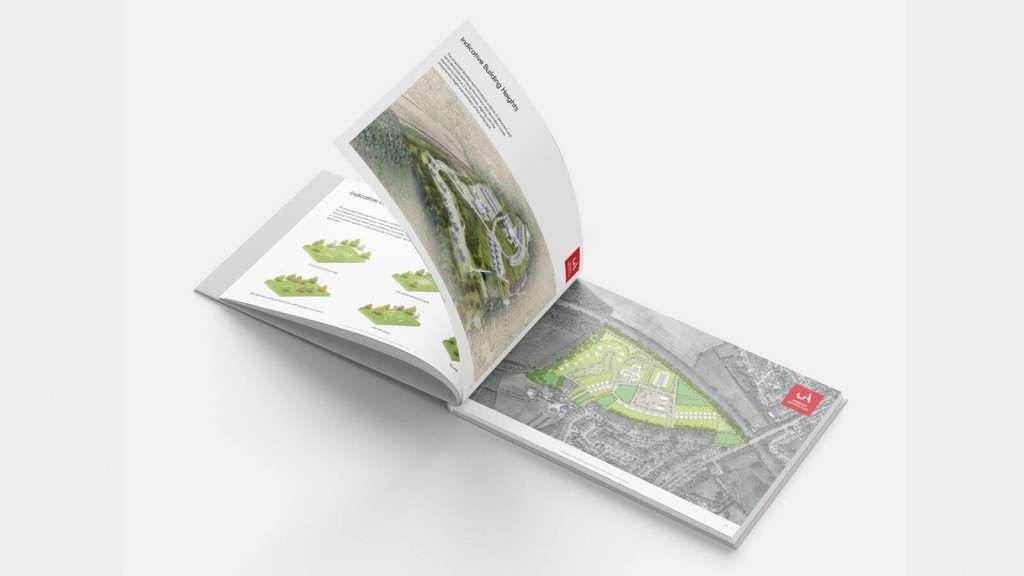
Based on the evidence of what has gone wrong and how to fix it, the Labour Party recognises that if housing needs cannot be sufficiently met within existing urban areas, the next step is to consider building in the Green Belt.
This initiative is a key element of Labour’s broader strategy to expedite the delivery of new homes, foster sustainable communities, and support economic development.
Though it's only early days, we do feel optimistic about Labour’s Green Belt reform and look forward to their more flexible approach creating the change this country so desperately needs.
They’ve made it clear they have no intention of tarnishing England’s genuinely beautiful countryside, but to reassess that land that has earned the Green Belt title because of where it is, not what it is.
As things progress over the coming weeks and months, be sure to keep an eye on our blog which will be updated continually with news regarding the Green Belt.

Our team of Green Belt architects and planning consultants is fast earning a reputation as one of the country’s leading planning and architecture firms - particularly when it comes to Green Belt planning permission - and we know how to produce results that meet the expectations of the council while exceeding those of our clients.
Please do get in touch if you’d like to discuss your project.
The Green Belt is one of the most contentious and misunderstood pieces of planning policy in England and it’s a topic we at Urbanist Architecture have a lot of experience working with. For this reason, we decided to pool our learnings and pen a book delving deep into the Green Belt from every possible angle.
‘Green Light to Green Belt Developments’ investigates the policy's biggest winners and losers, and explores its connections to climate change and the housing crisis, as well as what the future might hold, particularly now a new Labour government is in power, as discussed in this article. It also looks at the history of the policy and how it’s managed to endure while other policies have evolved and adapted with the times. Of course, it also identifies the exceptions and circumstances that exist for permitting development in the Green Belt, so you can better your chances of gaining planning permission.
We’ve written this book for anyone seeking a more rounded understanding of one of England's most debated urban planning issues, making it accessible to both industry professionals and the general public.
Whether you are a landowner in the Green Belt wishing to understand the potential for land value uplift or a developer planning to build new homes in the Green Belt, this book is an essential read. Order your copy now.

Urbanist Architecture’s founder and managing director, Ufuk Bahar BA(Hons), MA, takes personal charge of our larger projects, focusing particularly on Green Belt developments, new-build flats and housing, and high-end full refurbishments.
We look forward to learning how we can help you. Simply fill in the form below and someone on our team will respond to you at the earliest opportunity.
The latest news, updates and expert views for ambitious, high-achieving and purpose-driven homeowners and property entrepreneurs.
The latest news, updates and expert views for ambitious, high-achieving and purpose-driven homeowners and property entrepreneurs.

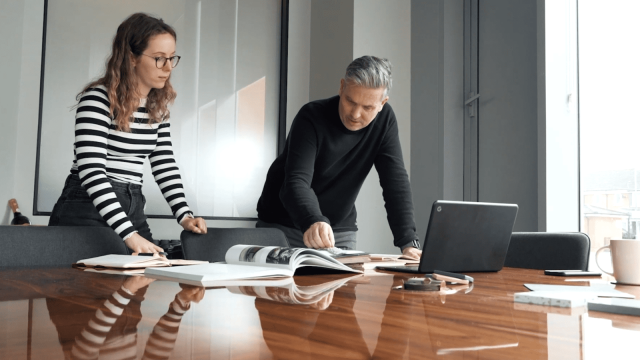


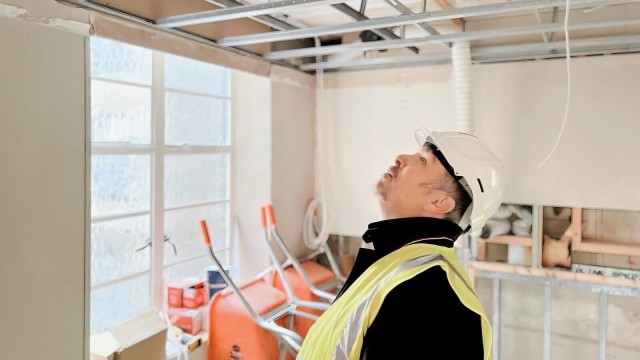
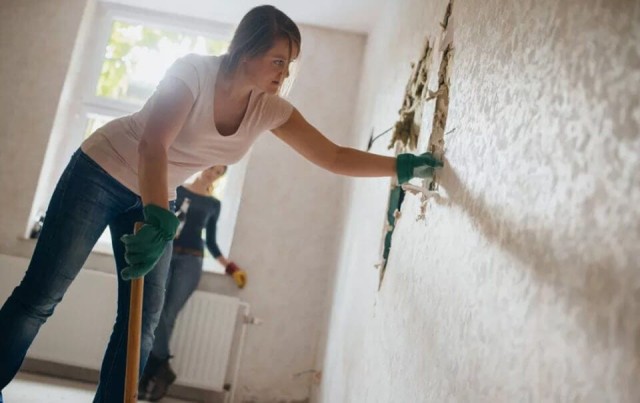
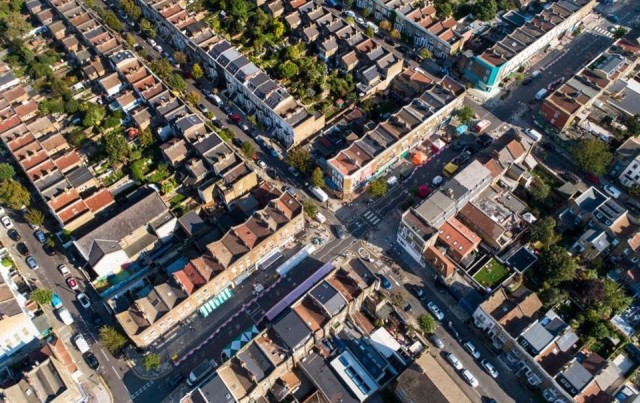

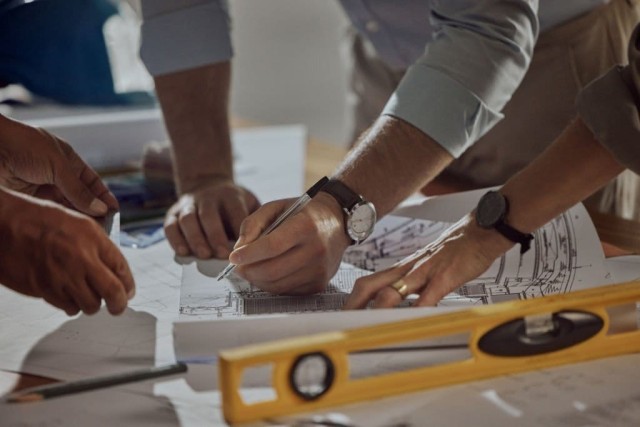
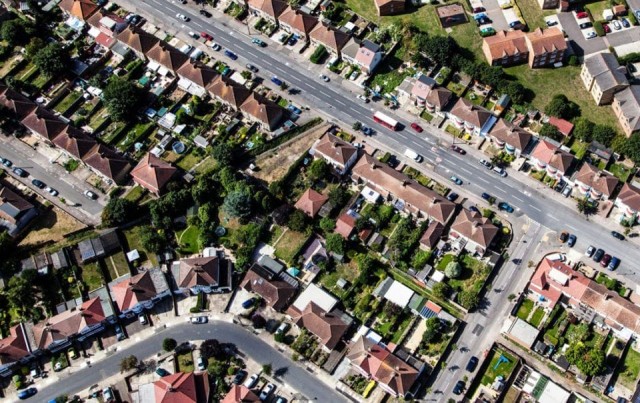
We specialise in crafting creative design and planning strategies to unlock the hidden potential of developments, secure planning permission and deliver imaginative projects on tricky sites
Write us a message